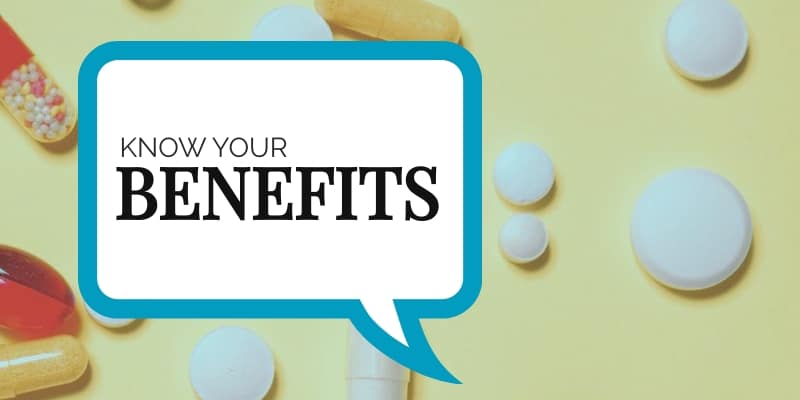 With all the confusion related to coronavirus disease 2019 (COVID-19), you may be wondering how your essential health benefits (EHBs) will cover you. This article will discuss EHBs and how they relate to the COVID-19 pandemic.
With all the confusion related to coronavirus disease 2019 (COVID-19), you may be wondering how your essential health benefits (EHBs) will cover you. This article will discuss EHBs and how they relate to the COVID-19 pandemic.
What are EHBs? From the HealthCare.gov website, EHBs are “a set of 10 categories of services health insurance plans must cover under the Affordable Care Act. These include doctors’ services, inpatient and outpatient hospital care, prescription drug coverage, pregnancy and childbirth, mental health services and more.”
Basically, EHBs are categories of coverage that your health insurance plan must include. The specifics of the plan and what it covers will vary depending on the employer. If you’re unsure what your health plan covers, speak with human resources to learn more.
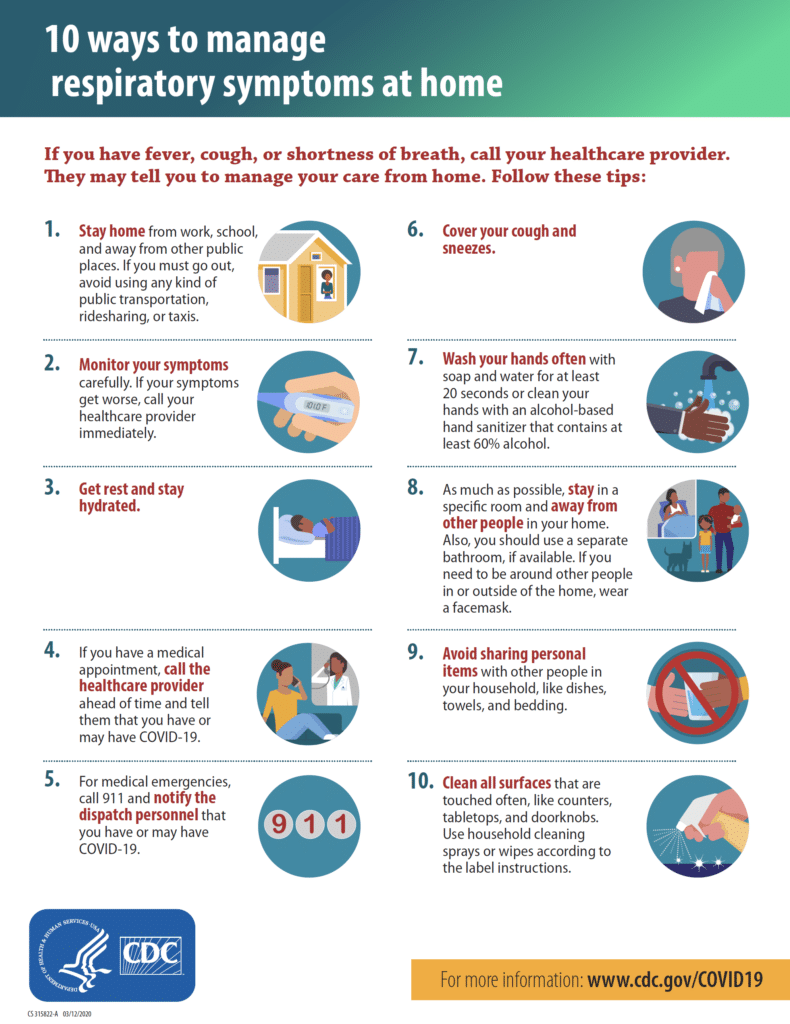 Download the complete "10 ways to manage respiratory symptoms at home"
Download the complete "10 ways to manage respiratory symptoms at home"


 With all the confusion related to coronavirus disease 2019 (COVID-19), you may be wondering how your essential health benefits (EHBs) will cover you. This article will discuss EHBs and how they relate to the COVID-19 pandemic.
With all the confusion related to coronavirus disease 2019 (COVID-19), you may be wondering how your essential health benefits (EHBs) will cover you. This article will discuss EHBs and how they relate to the COVID-19 pandemic.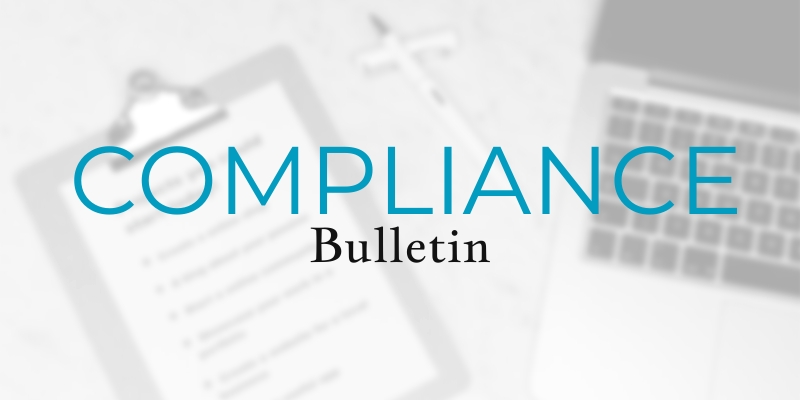 As part of sweeping legislation signed into law by President Trump on March 18, 2020, two laws were enacted that provide workers with paid leave for reasons related to the coronavirus (COVID-19) pandemic.
As part of sweeping legislation signed into law by President Trump on March 18, 2020, two laws were enacted that provide workers with paid leave for reasons related to the coronavirus (COVID-19) pandemic.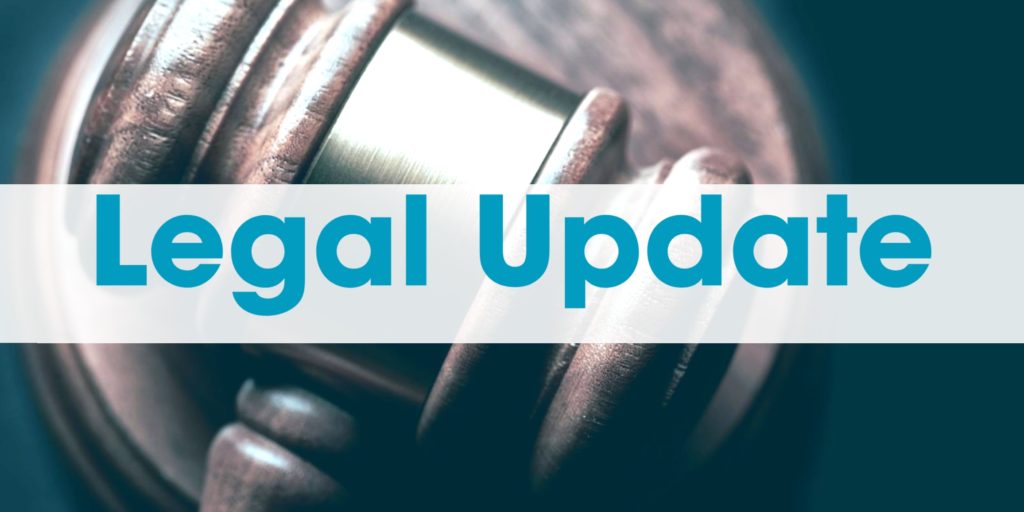 On March 18, 2020, President Trump signed the Families First Coronavirus Response Act (the Act) into law. The Act requires employers to provide paid leave for some employees related to the coronavirus (COVID-19) pandemic, among other measures. The leave provisions of the Act take effect no later than 15 days after it is signed by the president.
On March 18, 2020, President Trump signed the Families First Coronavirus Response Act (the Act) into law. The Act requires employers to provide paid leave for some employees related to the coronavirus (COVID-19) pandemic, among other measures. The leave provisions of the Act take effect no later than 15 days after it is signed by the president.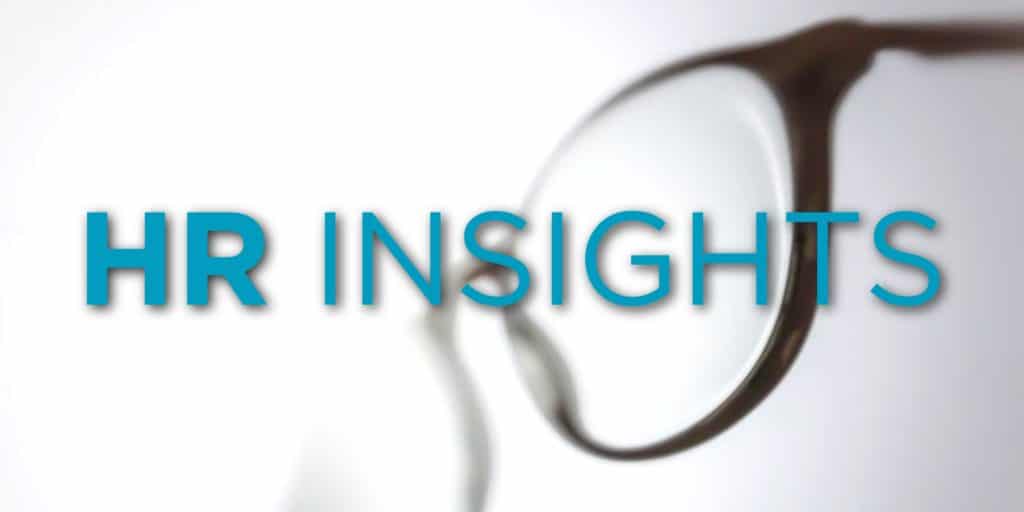 As the number of U.S. COVID-19 cases grows daily, businesses across the country are developing and implementing plans to keep their employees and customers healthy. Some of those plans include creative measures designed to prevent the pandemic from affecting their organizations, which are outlined below.
As the number of U.S. COVID-19 cases grows daily, businesses across the country are developing and implementing plans to keep their employees and customers healthy. Some of those plans include creative measures designed to prevent the pandemic from affecting their organizations, which are outlined below.